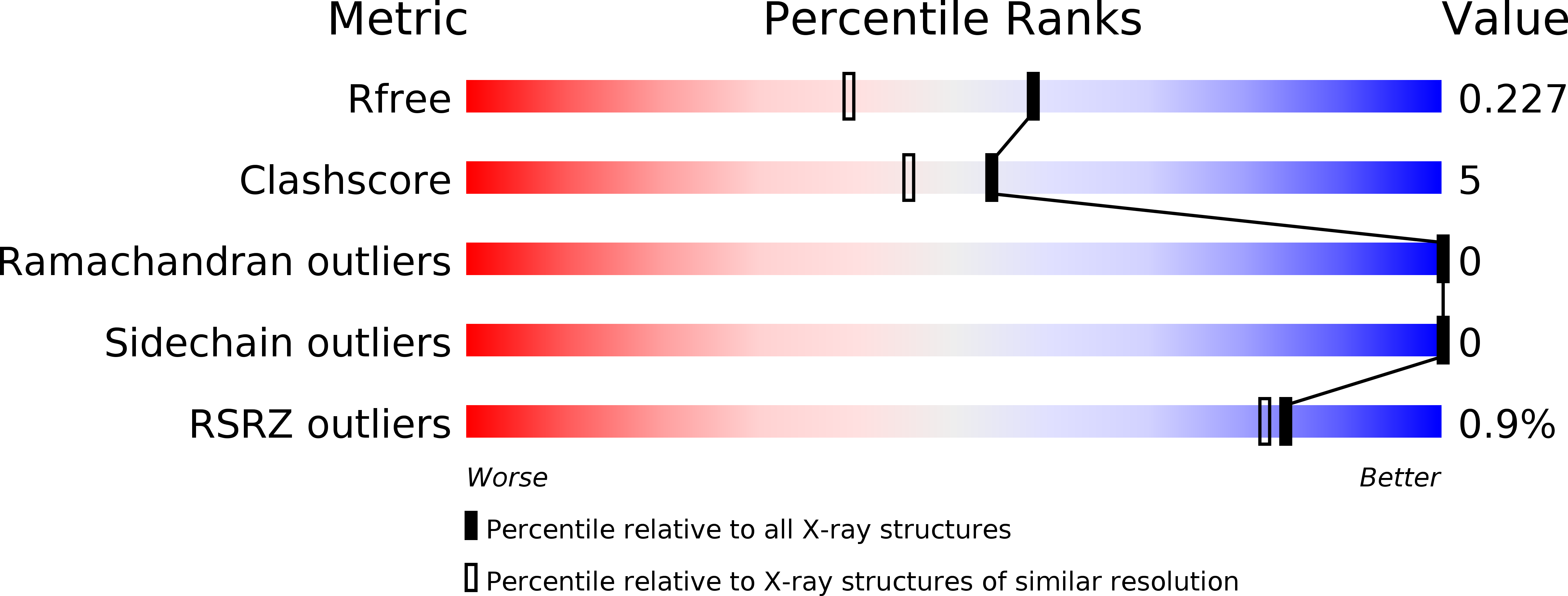
Deposition Date
2018-02-02
Release Date
2018-12-12
Last Version Date
2024-10-23
Entry Detail
PDB ID:
6CB6
Keywords:
Title:
CRYSTAL STRUCTURE OF VACCINIA VIRUS A6 N-TERMINUS (SPACE GROUP C2)
Biological Source:
Source Organism:
Vaccinia virus (strain Copenhagen) (Taxon ID: 10249)
Host Organism:
Method Details:
Experimental Method:
Resolution:
1.80 Å
R-Value Free:
0.23
R-Value Work:
0.18
R-Value Observed:
0.19
Space Group:
C 1 2 1


